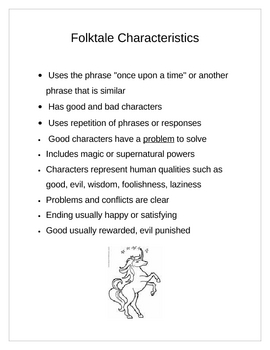Will the Ground Hog See His Shadow?

February 2, 2015
Language Arts
Students are engaged in reading international folktales. They learned the difference between folktales and tall tales.

Students are reading folktales and comparing and contrasting them. Students had the opportunity to read The Seven Chinese Brothers and wrote a summary of the story. Next students read The Five Chinese Brothers. Following this, they discussed the similarities and differences in these two books.
According to the ASCD (the Association for Supervision and Curriculum Development)
Comparative thinking is one of our first and most natural forms of thought. When we are infants, one of the first differences we must identify is that between mother and other. Without the ability to make comparisons—to set one object or idea against another and take note of similarities and differences—much of what we call learning would quite literally be impossible.
You may be wondering why we want to look so closely at comparative thinking. What makes it so special? The answer lies in the research of renowned educators Robert Marzano, Debra Pickering, and Jane Pollock (2001). By compiling the available research on effective instruction, Marzano, Pickering, and Pollock found that strategies that engage students in comparative thinking had the greatest effect on student achievement, leading to an average percentile gain of 45 points (p. 7f). More recently, Marzano's research in The Art and Science of Teaching (2007) reconfirmed that asking students to identify similarities and differences through comparative analysis leads to eye-opening gains in student achievement.
Although comparative thinking is a natural operation of our minds and is essential to learning.
Writing
In writing, students are in the process of writing a personal narrative about a lesson learned. First the class discussed stories they read over the course of the year. Then students decided the lesssons the characters learned in these stories. After this, students brainstormed ideas that they could use for their writing piece. Finally, students wrote seed ideas in their writer's notebook to use when they start writing their stories. Stay tuned for the finished products.
Math
Students will start a new unit on multiplication. In this unit students will use the concept of arrays as a way to see the factors and find the product in a multiplication problem.

Students will find different ways to form arrays for particular numbers. As a result, students visually determine that a given number has multiple factors. Students will then use arrays to find factors of numbers up to 50 and will identify the features of numbers.
Students can more readily develop an understanding of multiplication concepts if they see visual representations of the computation process. For example, they can picture students in a marching band arranged in equal rows or chairs set up in rows in an auditorium. These arrangements all have something in common; they are all in rows and columns. An arrangement of objects, pictures, or numbers in columns and rows is called an array. Arrays are useful representations of multiplication concepts.
This array has 4 rows and 3 columns. It can also be described as a 4 by 3 array.
This array has 5 rows and 4 columns. It is a 5 by 4 array.
Notice that the rows in each array are equal. Think of the rows as equal groups. Look at this example.
When equal groups are arranged in equal rows, an array is formed.
When you show students the connection between equal groups and arrays, students can easily understand how to use arrays to multiply. They will use arrays again later to divide.
Look at the multiplication sentence that describes the array below. The numbers in multiplication sentences have special names.
The numbers that are multiplied are called factors. The answer is called the product.
Now look at what happens to the factors and product in the multiplication sentence when the array is turned on its side.
The order of the factors changed, but the product stayed the same. http://www.eduplace.com/math/mw/background/3/05/te_3_05_overview.html
No comments:
Post a Comment